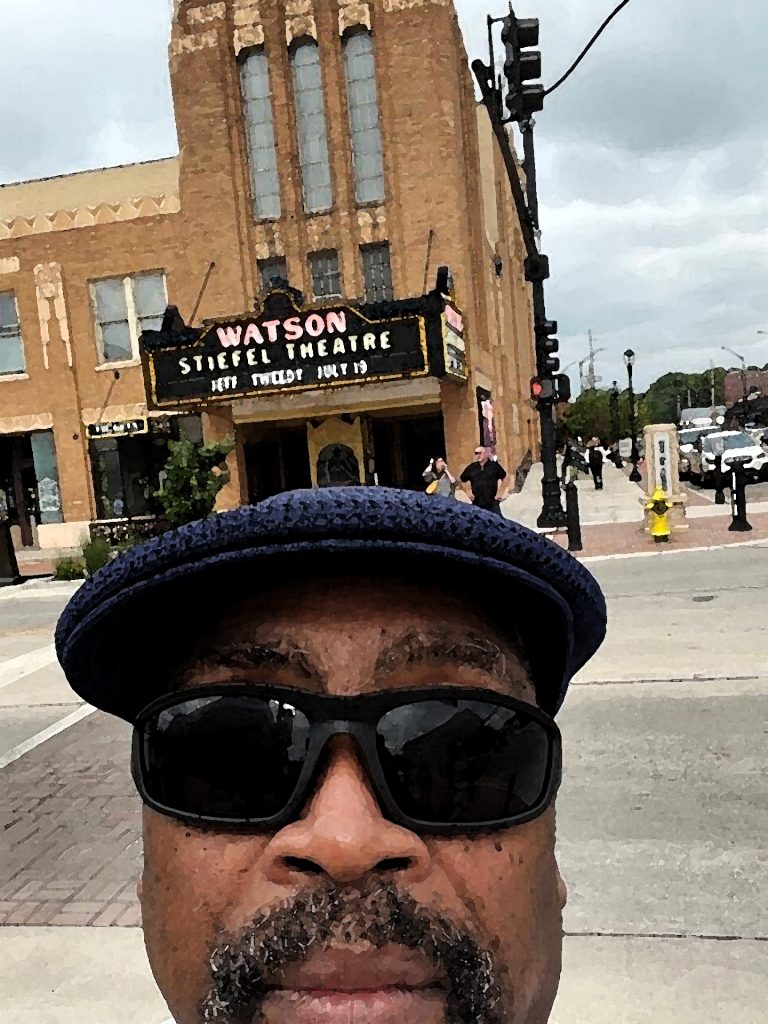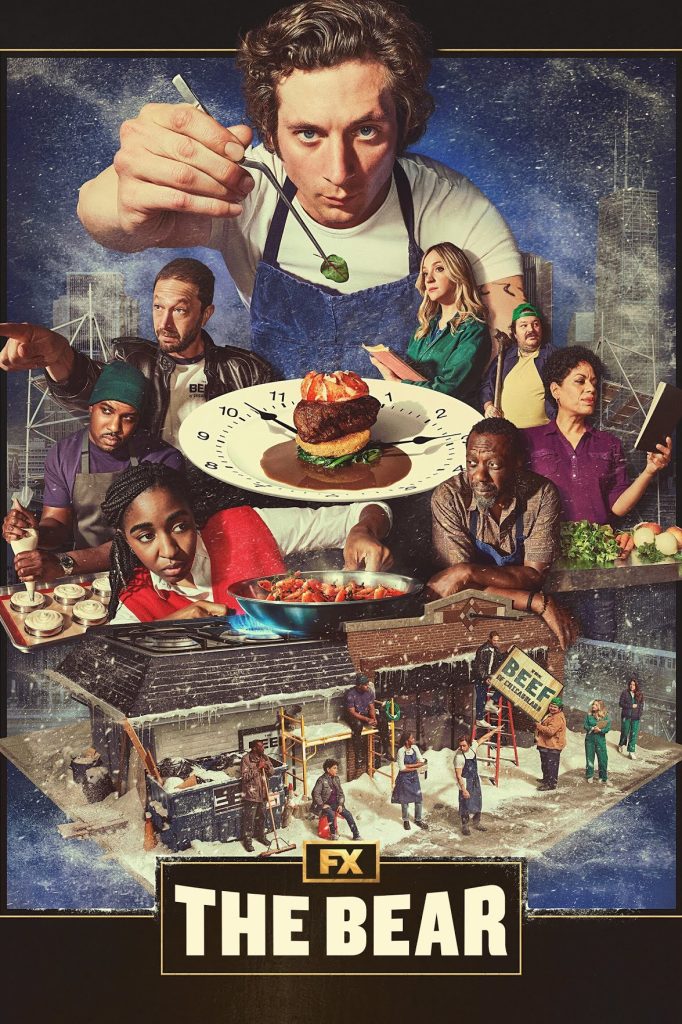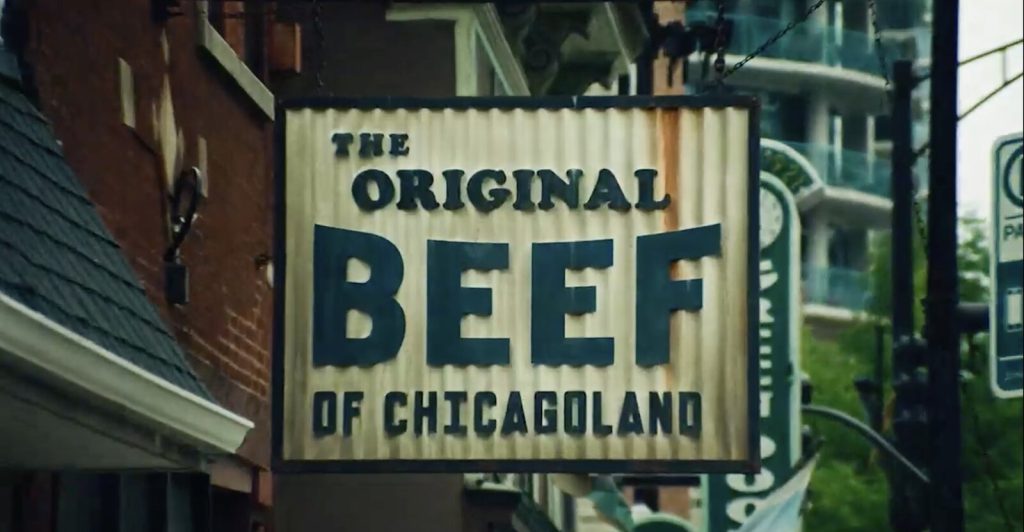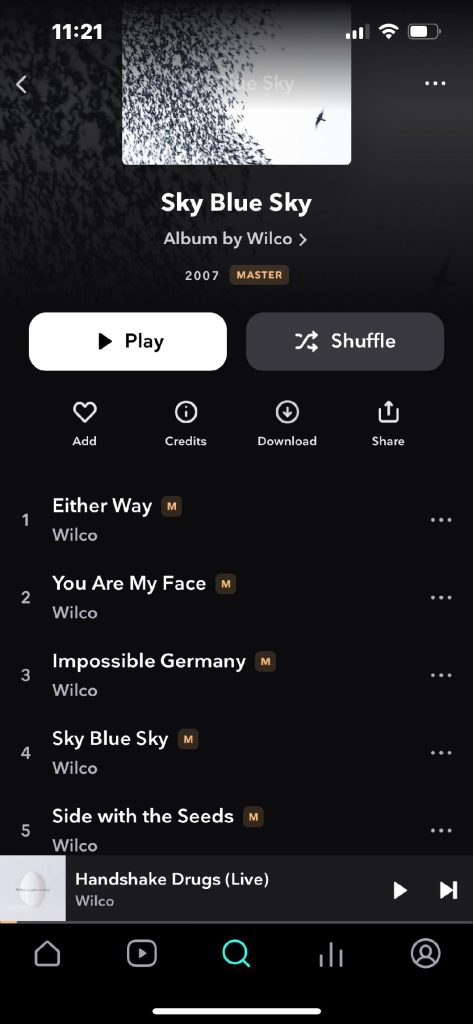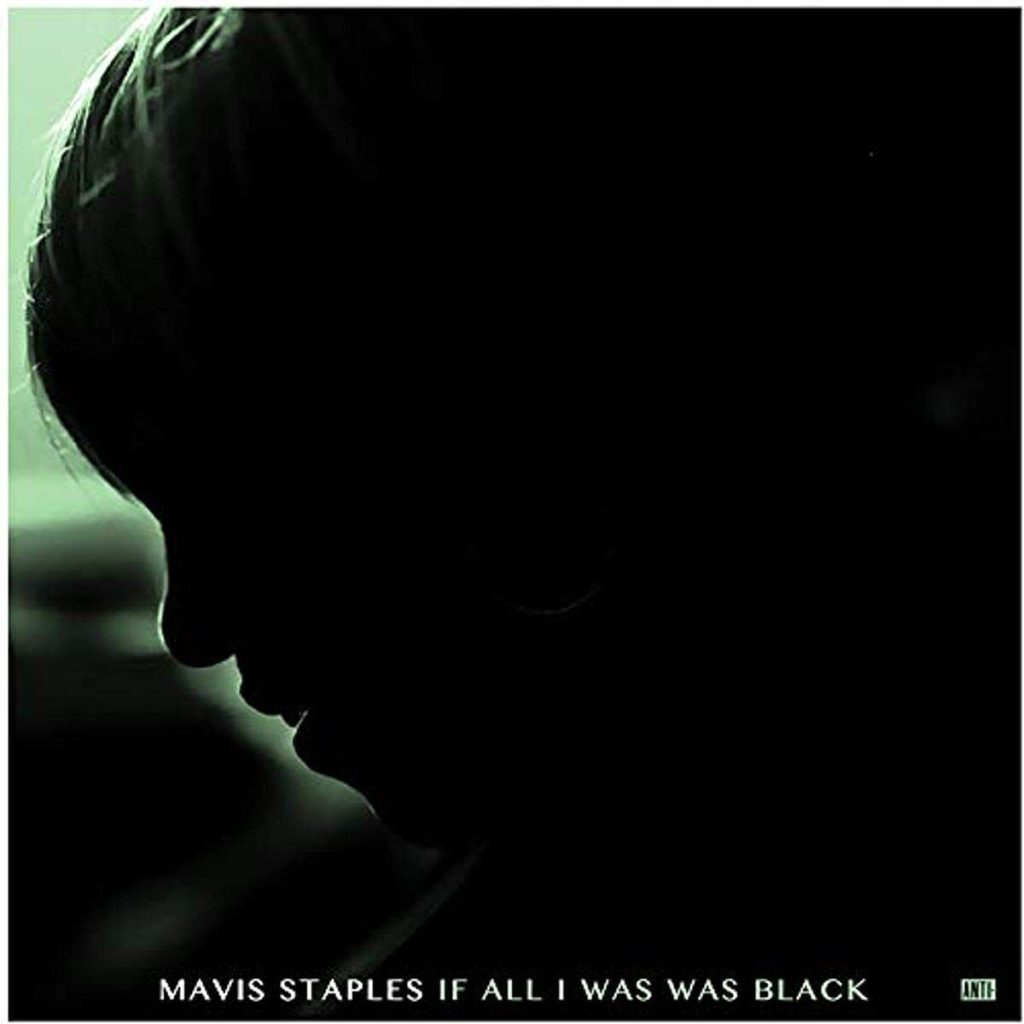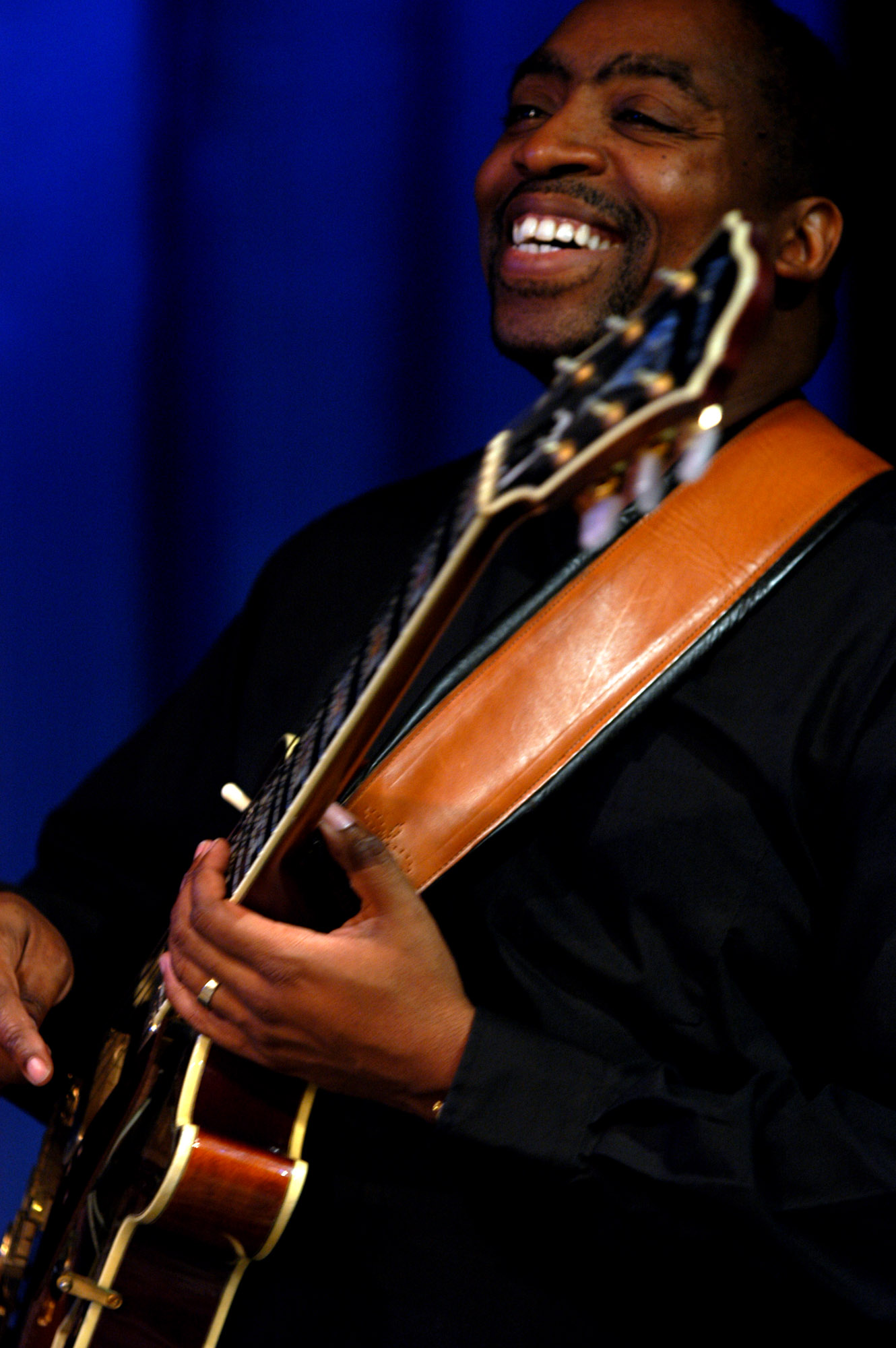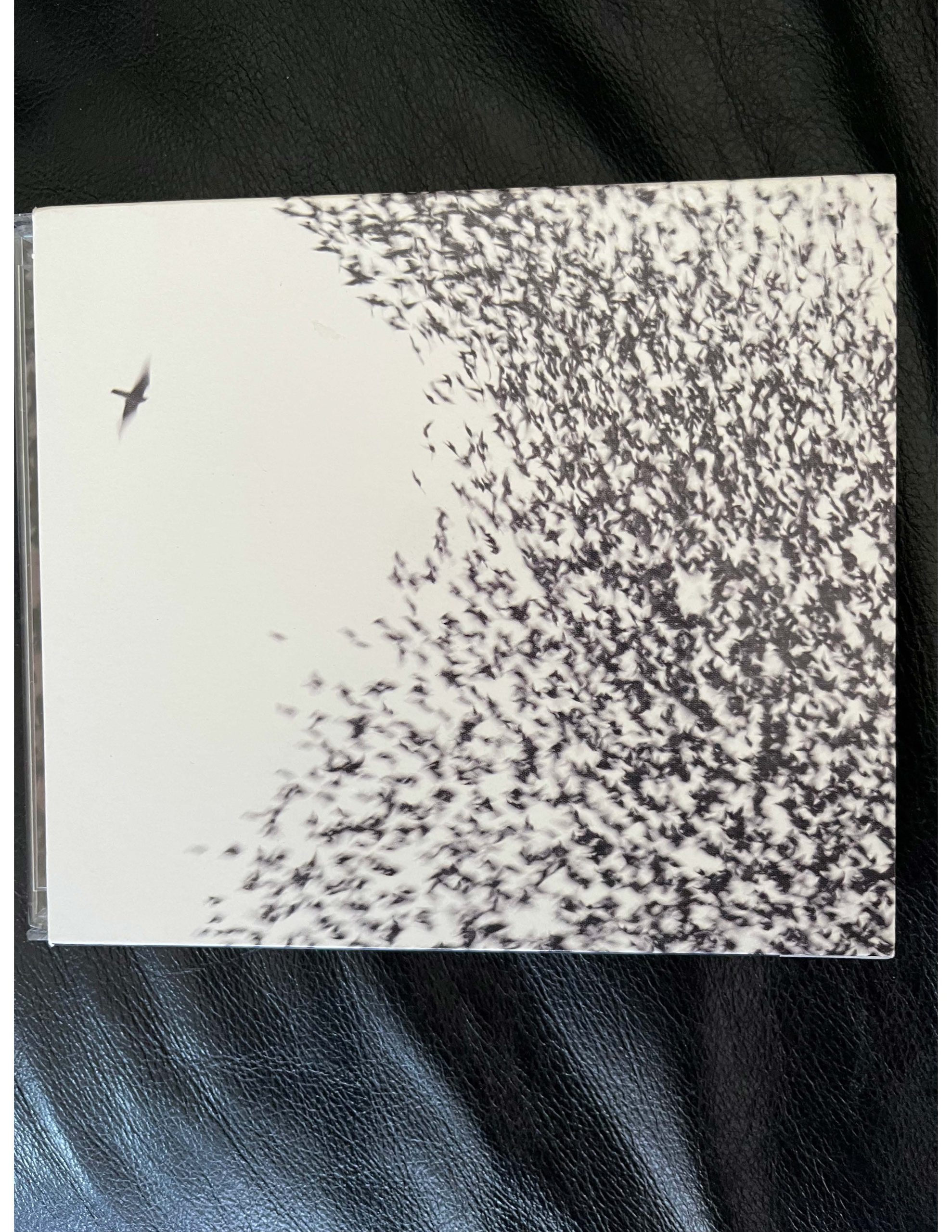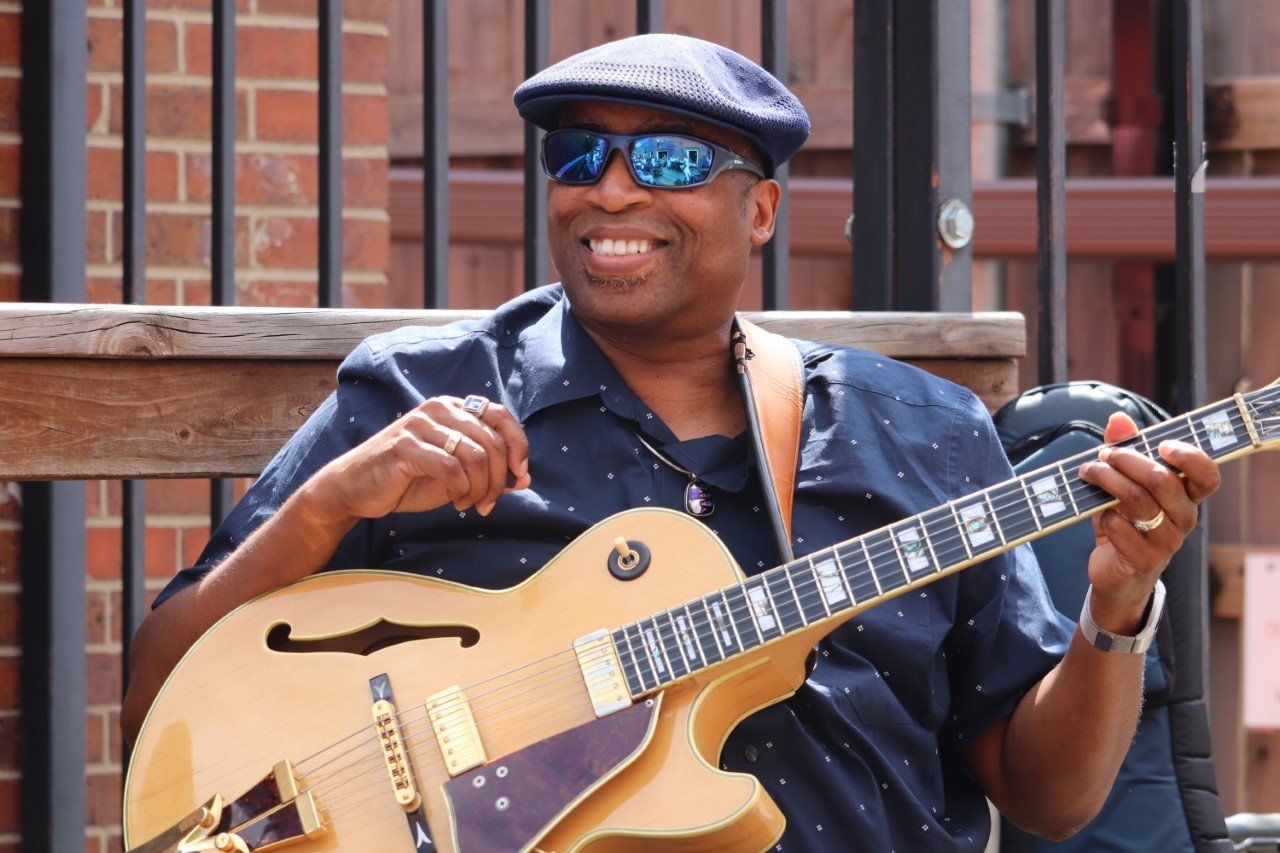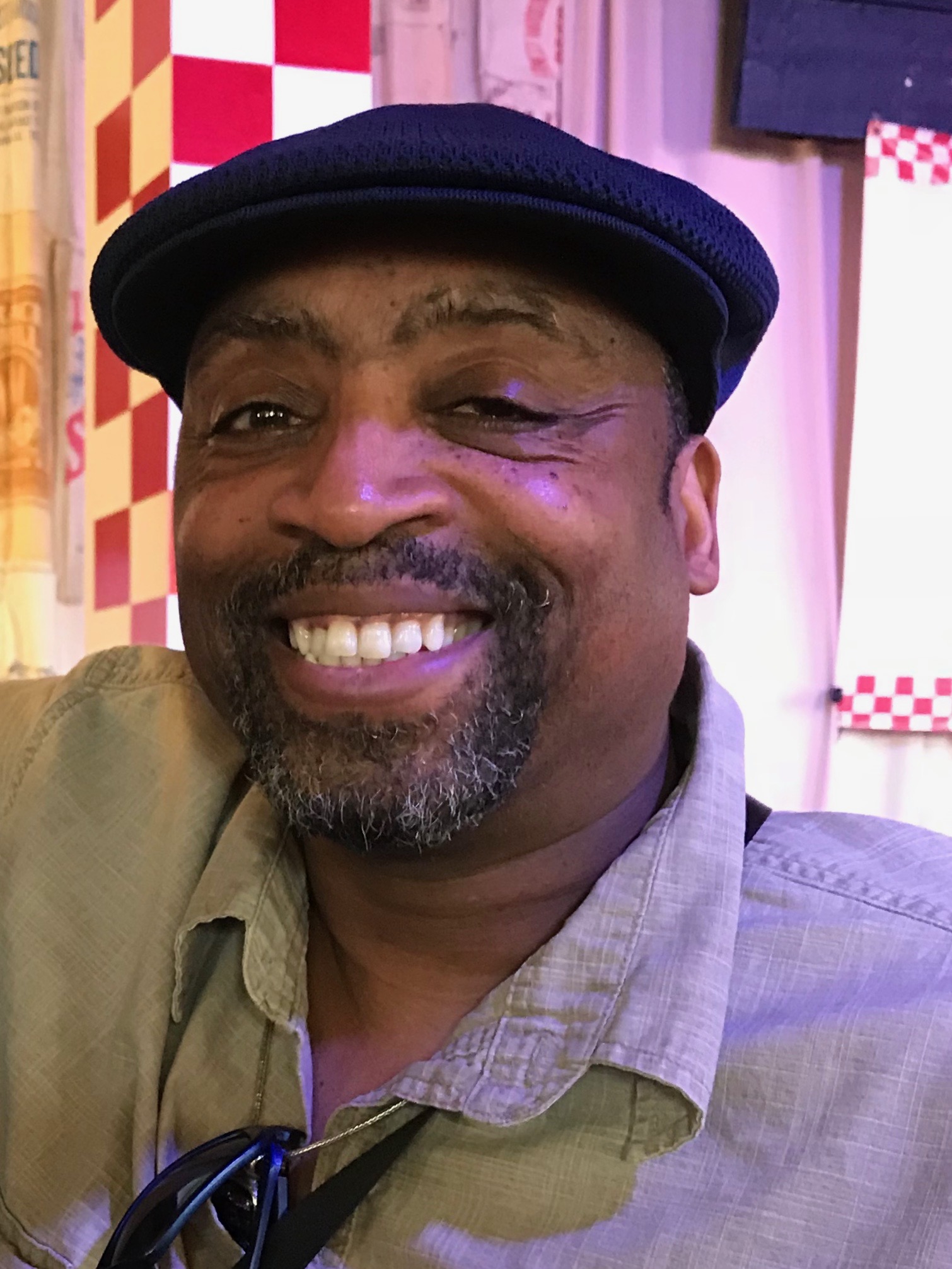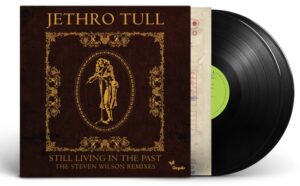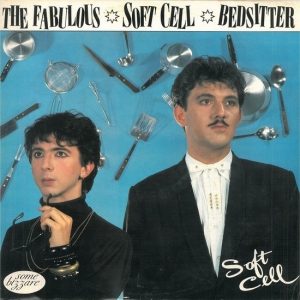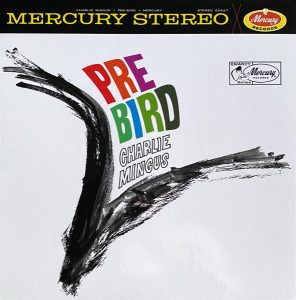Wayne Goins in watercolor (image processing by David W. Robinson)
Jeff Tweedy and his world of Wilco music has entered my space, and I'm pretty damn happy about it. Let me just say upfront: I admit it—I'm probably the last one to the party. Actually, I'm extremely late, but very likely not the last one. Whenever this music eventually hits you, it sticks. I would even go as far as to say it's life-altering. I mean, look at what it's doing to me right now: It's making me write this article.
The body of work he's created is great, but my story of how I was inadvertently led to it is, in my opinion, even greater, because I just love it when I fall into a rabbit hole like this one. So let me tell you a little story.
My restaurant friend, Kevin Peirce, owns the Bluestem Bistro where I play every Sunday during brunch hours from 10-noon. He was at my house one evening shooting pool in my billiard room and he was raving about this new Hulu streaming show, "The Bear," that accurately captured the typical ups-and-downs related to owning and operating a restaurant. Kevin thought the acting was first-rate, as well as the producing and directing arc related to the story-telling. That night I decided to check out the first episode of two-season series.
Looking back, I might have known something was up when I heard Wilco's "Via Chicago" from the album playing near the end of episode 1 of the first season. Of course it makes sense now: Music emerging from the boy raised in Belleville, Illinois being highlighted in a series about a fictional classic Chicago beef restaurant located on the North Side.
But nothing magical happened for me, mainly for two reasons: 1) I didn't recognize that particular song, and 2) nothing registered to me in my mind about either Wilco or Jeff Tweedy. As far as I knew, I was a blank canvas when it came to his world.
Admittedly, there were several other musical cameos by a wide palette of artists and musical genres throughout the series-vignettes that basically served as a soundtrack interspersed between the scenes and during the rolling credits at the end of each episode. Nothing exceptional, right? Yeah, but then…it happened.
Somewhere near the end of Season 1 Episode 5 ("Sheridan")—at 20 minutes and 45 seconds to be exact—the opening guitar lines to this amazing, unfamiliar tune was heard seeping through the background as the scene in the stock room flashed on the screen. I was instantly intrigued by the melody and the words, but here's the amazing thing: They played this song for the entire remainder of the episode—verses, guitar solo, everything—all the way to the "fade-to-black" credits! Luckily for me, I already had clicked the "subtitles" button on, which was how I discovered who and what this song was affiliated with. "'Impossible Germany' by WILCO," the subtitles read during the song's halfway mark as the music was so perfectly woven into the visual montage of images in the storyline. It was one of the most tasteful and powerful episodic endings I have ever seen or heard, and it lasted for five full minutes as the story surged while the music increased its intensity, as it swirled through the restaurant kitchen to the train station to apartment scene and finally toward the silhouette of the legendary Sears Tower at midnight in the darkened Chi-town sky.
I immediately grabbed my phone to look it up on my TIDAL app. I discovered the song was from the Wilco album, Sky Blue Sky, released on May 15, 2007.
"Impossible Germany" was the third track on the album.
I was instantly hooked, and listened to not just the song but the entire album all night on my Audio-Technica ATH-M50x headphones I keep in my bedroom for nighttime listening.
The next morning I found a bevy of Wilco band performances of the song on YouTube, and downloaded dozens of live footage from concerts captured around the world since 2007 when the album came out. I was completely mesmerized by the group's performance—especially the exquisite guitar solo delivered by Nels Cline, which also came as a total shock to me—why haven't I ever heard of this guy before? How did he get past me all these years? Where have I been? (If there is ever a Guitar Solo Hall of Fame, this Nels solo is undoubtedly a first-ballot entry.) I also noticed a lot of other people who entered in the YouTube video's comments section got trapped by the same snare; they wrote, "‘The Bear' brought me here."
In the back of my mind, I'm thinking, why is Tweedy's name ringing a bell? It's like some distant dream you needed to remember—you're trying so hard to recall but it's somehow just out of memory's grasp. Seems like I vaguely heard about him working with—of all people—Mavis Staples, was it? This intrigued me as a totally unlikely pair—how in the hell did that happen? Must be the Chicago connection; after all, the Staples family did live in Chicago, and Mavis' dad, the legendary "Pops" Roebuck Staples, is the true icon of the gospel-soul guitar style that gave none other than Curtis Mayfield the musical foundation that marked his career as an instrumentalist. His house was literally only blocks away from where Mavis was raised. In fact there was a specific stretch of blocks on that side of town—on and around 33rd Street to be exact—where numerous other stars grew up, including the legendary soul singer Sam Cooke, the "Iceman" Jerry Butler, and soul singer Johnnie Taylor.
Meanwhile, this long-forgotten memory of the collaboration between Mavis and Jeff led me to do a bit of investigating, and it suddenly dawned on me: This must have been when— and why—I bought his biography, which I clearly hadn't gotten around to reading. But, of course, you can't talk about Tweedy without talking about Wilco, which I also knew nothing about at the time. Knowing me (and my relentless rabbit-hole tendencies), I would have bought whatever documentary material there was on that band at the time to complete the picture. I raced downstairs to my library, andvwell, whaddya know? There they both are, sitting side by side on the shelf: Greg Kot's detailed biography of the band's evolution, Wilco: Learning How To Die, accompanied by Jeff's up-close-and-personal autobiography, I Am Trying to Break Your Heart.
Both books were in mint condition, still as brand new as when I ordered them on amazon.com back on March 11, 2019. But wait—there's more.
When I searched my orders on my amazon account, I found another item that confirmed my suspicions: the documentary film, Mavis! was ordered on March 6—five days before I ordered the Tweedy/Wilco books, which means I must have watched the documentary about Mavis & The Staples Singers, and was duly impressed with the musical contribution that Tweedy provided for her career.
For Mavis, the September 2010 release of the Grammy-winning You Are Not Alone (on the Anti-Records label) stands out as a tremendous launch forward, with Jeff serving as producer of the proceedings, recorded at the legendary Loft.
Jeff was fully invested in the project, a collaboration which he himself initiated when he first approached Mavis after a scintillating concert performance she gave in Chicago at the well-known venue, The Hideout. Tweedy wrote two songs for the album, including the title track. In April 2013, they followed up with One True Vine.
Tweedy's connection to Mavis was further cemented through Wilco biographer Greg Kot who included Jeff's musical contribution to the entire Staples family career when he wrote the 2014 biography I'll Take You There: Mavis Staples, The Staples Singers, and the March Up Freedom's Highway.
Then, Jeff produced Don't Lose This, the posthumous album released in 2015.
The music was a final collection of songs collected in 1999 by Pops before he died the following year. Meanwhile, Tweedy was a main feature in the Peabody Award-winning documentary, Mavis! which was released to critical acclaim in February 2016. Jeff and Mavis teamed up for a final time to do If All I Was Was Black (their third album on Anti-Records), and the entire album (10 tunes) were written by Tweedy, with almost every instrument recorded by Jeff, along with his son Spencer on drums.
And yet, somehow, all these collaborations happened unbeknownst to me. My path with Tweedy doesn't cross until…well, 2019. It took another four years for me to "rediscover" the magnitude of Tweedy's musical impact, which led me to where I am at this very moment—deep inside the rabbit hole.
I went on a thorough search of all things Wilco/Tweedy-related, and there was no shortage of goodies to explore. It didn't take long to discover I entered a vast world filled with untold numbers of die-hard fans who were passionate in their pursuits of chronicling the daily exploits of a man with a band that had its finger on the pulse of palate of a pop/rock culture. I have clearly joined that army—within days I dove headfirst into the entire canon of available Wilco vinyl, CDs, DVDS and YouTube videos logged by thousands of worldwide Wilco worshippers. But for now, let's focus our attention only on the singular sonic sensation that unearthed the avalanche: "Impossible Germany."
For the ultimate enthusiast such as myself, only the best would do—I went beyond the TIDAL digital version on my phone, and also beyond the CD (which is on constant rotation in my car), and splurged for the 2-LP, half-speed mastered version (Nonesuch 075597998689).
As usual, I mounted side1 of the platter on my Rega Planar 6 turntable and went straight to the third track.
The sound was every bit as juicy as I'd imagined it would be when the needle bit into the grooves. I eventually sat through every track, and I must tell you, this album is jam-packed with perfectly-sculpted tunes that offer an impressive array of songwriting craftsmanship that has something for everyone.
Impressive from start to finish, it's hard to separate some tracks from the pack and isolate them in a category that would be considered "my absolute favorites," but if forced to, I would choose the first four tunes—yes I said FOUR, and in the exact order presented on the album—as one of the greatest opening salvos ever found on vinyl. "Either Way" is uncommonly mellow magic, with soothing vocal delivered by Jeff, while the band percolates over a soothing chord progression using arpeggiated guitar lines and warm blanket of Hammond organ to gently bathe your soul. Perfectly paired with this is the next piece, "You Are My Face," which mirrors the previous tune in the key of D Major, with a barely-perceived slight increase in tempo, raising the forward motion while the Crosby, Stills & Nash-style three-part harmony by Jeff, bassist John Stirratt and keyboardist Pat Sansone.
Of course, third in the lineup is my best-of-the-best track, "Impossible Germany," and batting cleanup is the title track "Sky Blue Sky," which, I must admit, momentarily toppled ‘Germany' when I first heard it. I mean, I totally fell in love with it; not only the music and lyrics, but the story behind how and why that song was crafted to begin with (but I'm getting ahead of myself—more on that in Part II of this exclusive article.) There are eight more outstanding tracks that must be heard to be believed—the depth and variety of these songs, when paired with the opening quartet of compositions, delivers a comprehensive package that represents one of the strongest collection of a dozen tunes ever assembled under one roof.
It goes without saying that the experience of hearing all the music wafting through the air in my basement coming through my own set of Spendor speakers was superior to the upstairs bedroom headphone experience when I first encountered "Impossible Germany" in the episode, and then again later that night in the TIDAL digital format.
The vinyl element reminded me of why we all ultimately love and prefer that particular medium above all others.
Tune in next time for Part II when I share more details about the deep-dive into Wilco World, including my exploration of several of the band's albums recorded both before and after Sky Blue Sky. I'll also review the Tweedy-related concert DVDs, documentary films, books, and enhanced CDs that feature bonus material that add even more to the joyous experience of discovery!
Wayne Goins' audio system
As usual, the workload for my articles is generally divided up between my two separate turntable rigs which are individually set up for mono recordings and stereo recordings. The mono setup includes my Technics SL 1200 MK2 turntable, with the Hana MSL mono cartridge mounted on the tonearm. I have the Technics running through channel five of the Rega Brio integrated amplifier, with the Rega Apollo CD player ready whenever I need it.
The mono vinyl is powered by my trusty Modwright combo of the PH 9.0 and the MWPS power supply that drives it. As always, I used AudioQuest (King Cobra Red, Diamondback Blue, and Goldengate Red) audio interconnects. All my Rega components sit on my sturdy Pangea rack.
Next to it sits the stereo rig (used specifically for this article), which includes my trusty Rega Planar 6 with a mounted Hana ML stereo cartridge and the accompanying speed 33/45 rpm speed controller. This is tastily paired with the Musical Surroundings NOVA III receiver, powered by the accompanying LCPS power supply. To close the deal, both rigs are driven through the my splendid Spendor A5 model speakers.
I use an Achromat turntable mat for my platters to enjoy an extra-smooth ride. With regard to interconnects, I used Grover ZX+ cables to go from the Nova III to the turntable, while keeping continuity with the same brand of interconnects I used on the other rig: a pair of 2m length AudioQuest Diamondback Blue and King Cobra Red RCA cables. All this equipment sits safely on a Line Phono turntable stand. For my ultimate headphone listening experience for both CD and vinyl, I use my trusty Sennheiser HD 650 Open Back Professional Headphones.




